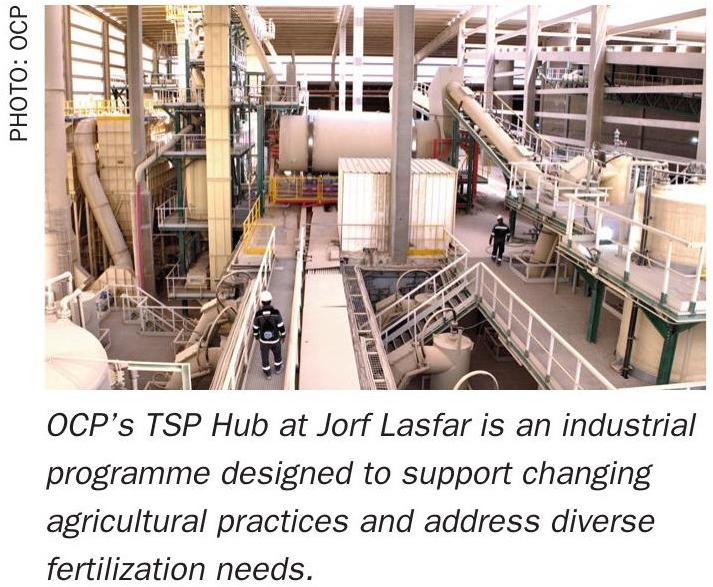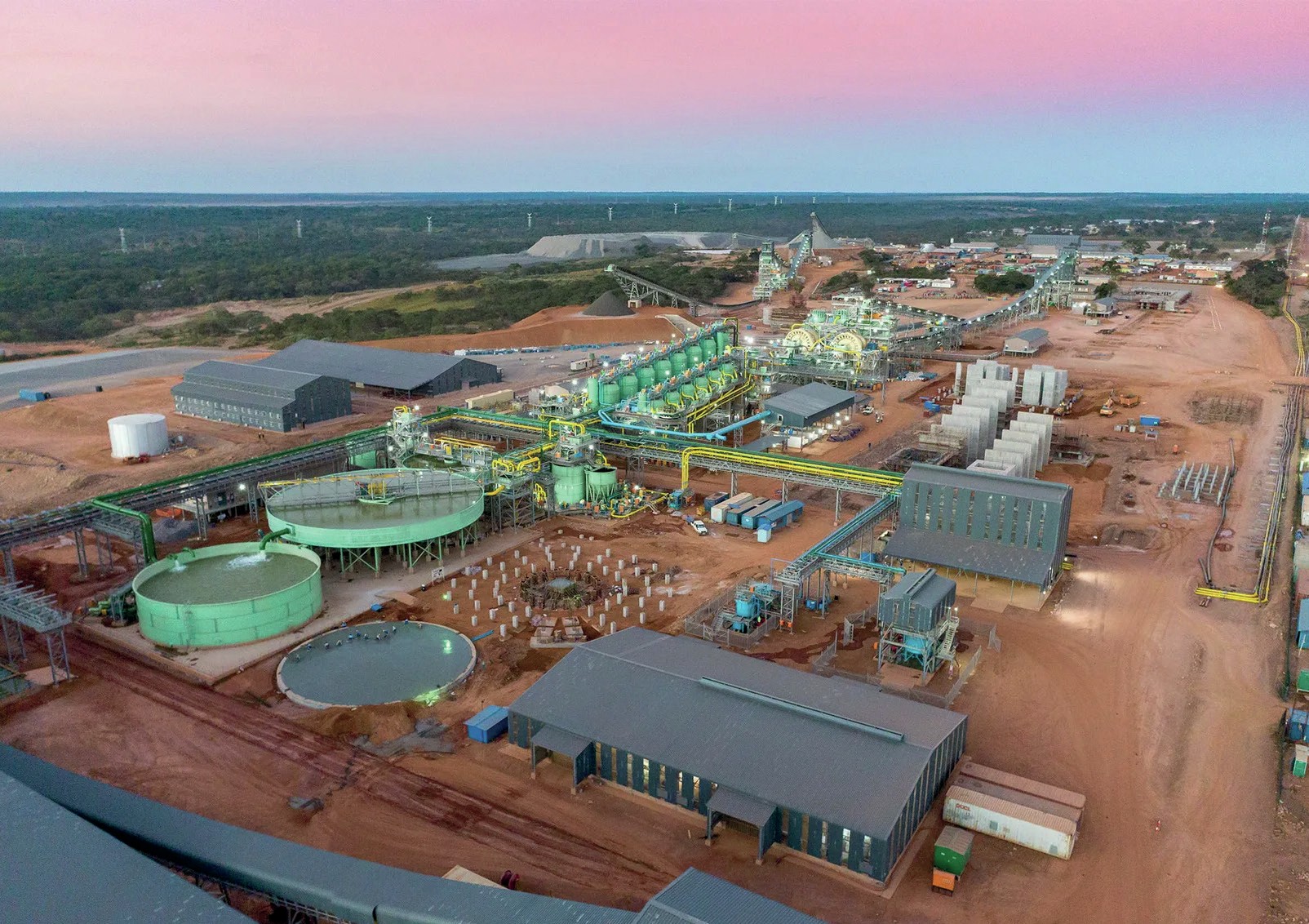Fertilizer International 528 Sep-Oct 2025

15 September 2025
OCP Nutricrops surpasses 5 million tonnes of TSP

OCP Nutricrops has announced that its triple superphosphate (TSP) production capacity now exceeds five million tonnes per annum.
This was thanks to the recent commissioning of the first two TSP production lines – each with an annual capacity of 500,000 tonnes – as part of the strategic ‘TSP Hub’ programme at OCP’s massive Jorf Lasfar complex. This initiative is led by the OCP Group’s Manufacturing Special Business Unit (SBU) in coordination with OCP Nutricrops, OFAS and JESA.
These flexible production lines can manufacture tailored fertilizers that integrate nutrients and additives to match specific soil and crop needs, OCP Nutricrops said.
TSP is a concentrated fertilizer containing over 90% plant-available phosphorus and, according to the company, is ideal for nutrient-deficient soils and fertilization practices that meet 4R principles (right source, right rate, right time, right place).
OCP Nutricrops plans to expand its TSP production capacity further by adapting existing nitrogen fertilizer units. This is expected to increase the company’s annual TSP capacity to more than seven million tonnes by the end of 2025.
Welcoming the launch of the TSP Hub, Youssef El Bari, the CEO of OCP Nutricrops, said: “The TSP Hub strengthens our ability to deliver high agronomic value fertilizers tailored to specific soil and farmer needs, while enhancing industrial precision and capacity.”
OCP Nutricrops has also signed a commercial agreement to supply the Bangladesh Agricultural Development Cooperation (BADC) with 1.1 million tonnes of fertilizers. The deal was signed in early July during an official visit by a Bangladeshi delegation to Morocco.
“By providing tailored fertilizers and promoting their responsible use, this partnership reflects a shared vision to strengthen the foundations of a self-sufficient agricultural future for Bangladesh, grounded in science, innovation, and sustainable collaboration,” BADC and OCP Nutricrops said in a joint statement.
Commenting on the partnership with BADC, Youssef El Bari said: “This agreement reinforces a long-term strategic relationship and paves the way for new collaborations in research, training, and innovation.”
In reply, Ruhul Amin Khan, BADC’s chairman, said: “We are very optimistic about strengthening our cooperation in various sectors of Bangladeshi agriculture through innovation, logistical support, technology transfer, training, and more.”






